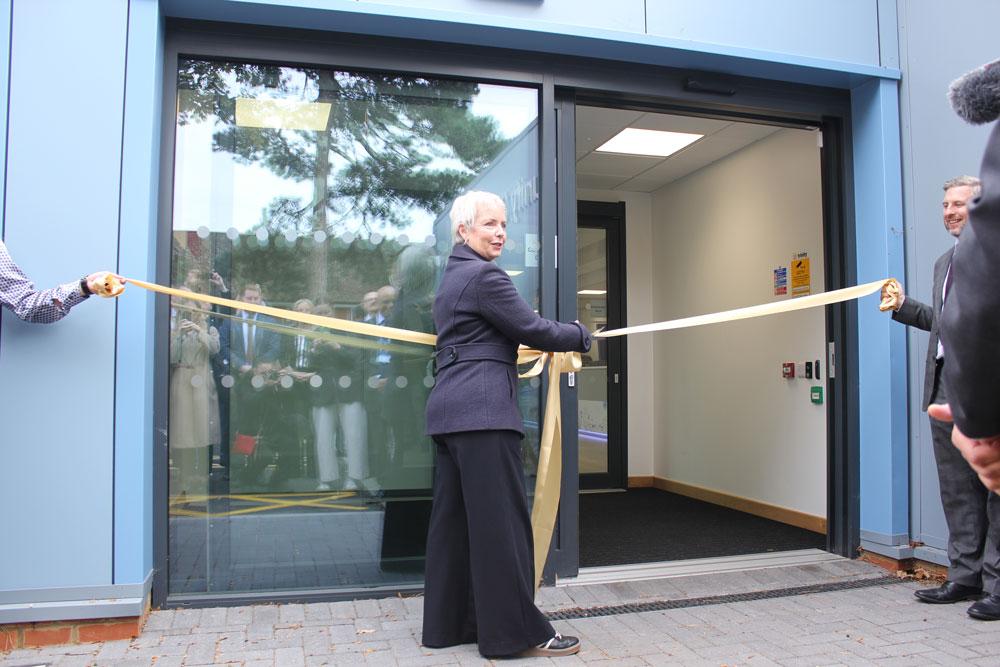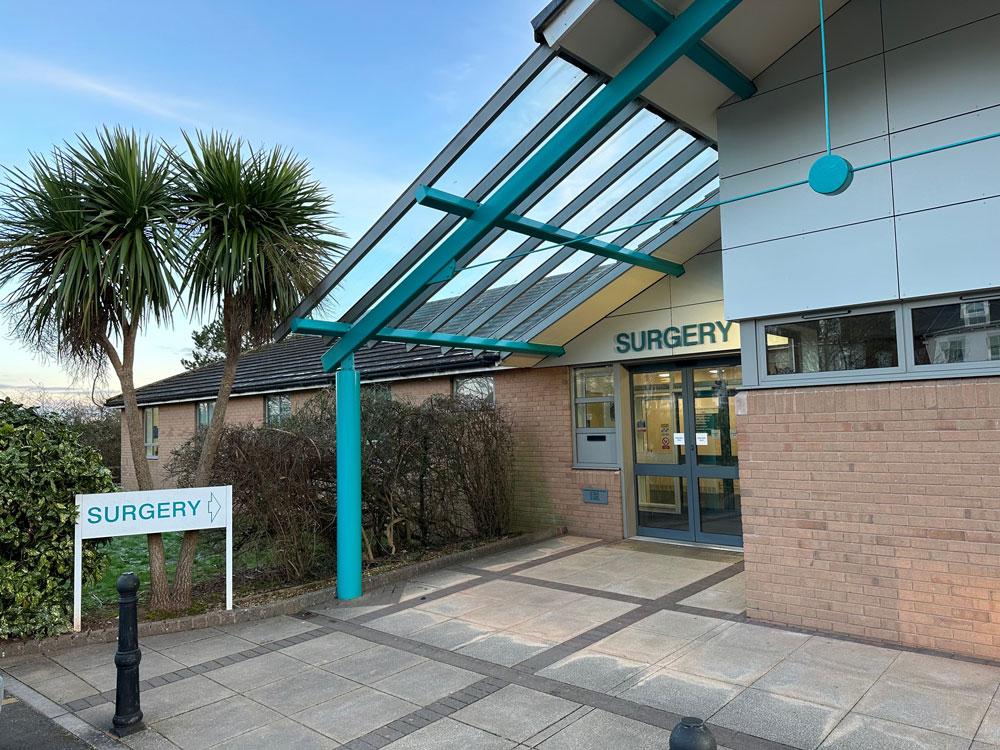Helen Buckingham, director of Strategy and Operations at the Nuffield Trust, looks at the importance of estates strategies and why healthcare infrastructure is the key enabler to the delivery of better care
Let’s stand back and think about why estates issues matter to the NHS. It’s not just a matter of changing the lightbulbs on time (important though that is). Getting the future health care estate right is of similar strategic importance to boards as getting the workforce right, and poses some significant but different challenges.
An effective organisation ensures that people with the right skills and experience are able to work in an environment that makes it easier for them to do their job properly. An effective system sees the efficient use of their combined estate and other infrastructure, such as IT, as a significant enabler to partnership working, and the creative use of estate can release funds to be reinvested in patient care. Most importantly, getting the estate right makes a difference to patients. As well as improving the experience of care, we know that being cared for in a good environment can actually improve health outcomes.
Over the last year, we asked a number of people about the issues that local teams and national bodies need to consider when agreeing estates strategies, and give us their thoughts on current problems and the potential solutions. Alongside the Realisation Collaborative, we also brought together teams from a small number of local areas and national experts to help develop viable, implementable place-based estate plans, and where necessary propose changes in the wider policy and regulatory environment.
Why does the NHS find it so difficult?
It’s not that people don’t think about it. A number of parts of the NHS have bold plans to change services, reconfigure hospitals and develop primary care. Trust board risk registers also frequently show issues with backlog maintenance that pose a significant threat to services in some places.
A common response to these challenges is that there is very little public sector capital available. A large proportion of the annual allocation is already given to a small number of schemes, and the Department of Health will continue to make capital to revenue transfers to support day-to-day NHS running costs until 2019/20. However, as the report published by Robert Naylor illustrated, there are some wider issues to consider.
Perhaps most fundamentally, successive reorganisations have significantly affected the NHS’s in-house strategic capability to think about estates. Getting the design and financing of new buildings and changes to the existing estate right requires a great deal of technical expertise and experience, and an understanding of clinical and support service delivery.
This is particularly important given the complexity of estates ownership and leadership in the NHS. The ownership of the NHS estate is scattered across 250 trusts and foundation trusts, NHS Property Services and Community Health Partnerships. In addition, the NHS leases estate from local authorities, private companies and PFI (Private Finance Initiative) providers, and hundreds of individual GP practices own their own premises.
Unlike workforce development, no organisation has strategic responsibility for estate development across a system, and few individual organisations have board- or executive-level strategic estate leads able to engage effectively across a system or with other partners. Notwithstanding this, we found that that plenty of technical expertise is available to the NHS, although as Naylor reflected, it may no longer all be ‘in-house’. The creation of the Strategic Estates Planning function will be a step forward in helping local systems to make best use of the multiplicity of advice available.
But capital constraints are real, and so there is also an important question about how to supplement the capital resources of the NHS in a cost-effective, straightforward way, which avoids some of the real or reputational pitfalls associated with previous attempts such as PFI. Solutions also need to comply with the complex rules about what constitutes a call on the Department of Health’s capital expenditure limit.
Organisations don’t do things: people do things
Perhaps the most important message from our work is that people must be at the heart of every estates strategy. Focusing entirely on the technical aspects of the location, size and funding of buildings, seeking to fit an off-the-shelf solution to a complex local problem, is likely to fail.
A strategy with a much greater chance of success will be one developed by system leaders who truly connect with the needs and potential of the population they serve and the staff they employ, who have a deep understanding of the benefits that can be realised through partnerships with local authorities and industry, and who work with advisors that bring creative solutions to well understood challenges.
Technical expertise is not enough. One of the greatest challenges for the local teams we worked with was finding the time to work together effectively, and to connect with the people around them.
For many, our workshops provided their only opportunity to spend time with each other away from the cut and thrust of the day job. Our workshops were held over winter, and by the second and third time they met, teams said they had made much less progress than hoped. System leaders, and indeed estates departments themselves, were entirely focused on managing the extreme pressures in urgent care – there was literally no time to think about the longer term, or space to build relationships with other groups of people.
And those relationships are critical. Again and again in our discussions we came back to how vital it is – from a very early stage – that a wide range of people are engaged in developing estates plans. For that engagement to be really effective requires a great deal of trust, and trust takes time and space to build.
A particular challenge for the NHS is to build trusting relationships with new partners. Not just between NHS partners, but across the health/local authority divide too. The NHS often views local authority relationships through the lens of social care provision, but as Michael Wood’s article points out, local authorities have much more to offer estates strategies than that. From a metropolitan or unitary authority perspective, it can be easy to forget that in many places the authorities granting planning permission and enabling access to other sources of funding are the district councils – bodies with which, historically, the NHS has had relatively little interaction.
A second group that NHS organisations need to spend time with is their own staff. Where significant changes are proposed, staff will be concerned if they affect their daily travel or other practical arrangements. And of course, staff who are working in the estate every day are well placed to identify inefficiencies and suggest improvements.
The teams recognised that many of the developments being discussed would only deliver the anticipated benefits if staff also adopted new approaches, such as mobile working. Estates strategies need strong organisational development input, just as much as they require input from estates professionals.
Finally, the trust of local people is critical. The partners with whom local systems need to work include the public. NHS buildings – hospitals in particular – are iconic symbols of the NHS. Public opposition to change affecting the buildings that people identify as places of safety and security can be significant, and the NHS has not historically been terribly successful at working with local communities to see such change as a gain rather than a loss.
One of the most widely read papers in the compendium supporting our work was an article by Andy Cowper setting out what NHS buildings can mean to local people. Andy drew out three lessons for leaders: appreciate the underlying relationship between the NHS organisation and the population it serves; accept that service change is politically sensitive; and explore disagreement.
Building trust in a relationship needs honesty and openness from both parties. We have to be able to say difficult things, hear difficult things, and work through them together. We also need to have a shared vision for what can be achieved through building trust. We hope for a different vision for the NHS estate of the future – one that maintains its position at the heart of the community, and one where the NHS estate positively contributes to improving health, rather than being a place for the treatment of ill health.
The Nuffield Trust published their report Developing robust estates strategies: Challenges and opportunities in June.





